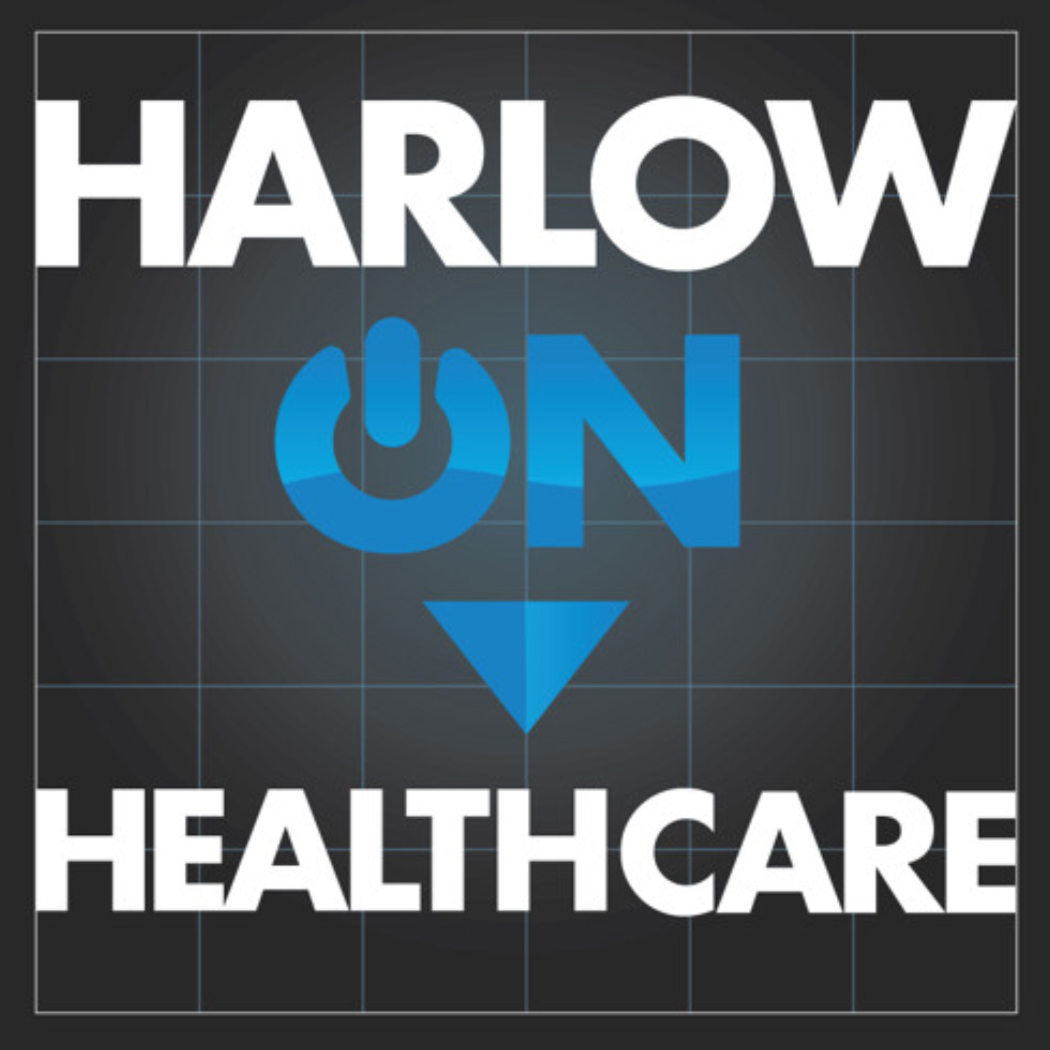Both proponents and opponents of Medicaid expansion under the ACA were concerned about the “woodwork” effect: The expectation was that once the outreach mandated by the ACA kicked into high gear, not only would newly-eligible individuals sign up for Medicaid, with FFP ramped up to 100% to insulate states from the cost of expansion for 2014-16 (FFP for ACA expansion beneficiaries will be reduced to 90% by 2020), but folks not eligible for enrollment under the ACA expansion but otherwise eligible for Medicaid would “come out of the woodwork” thanks to the advertising and outreach efforts, sign up for Medicaid, but yield only the traditional FFP payments from the federales to the states, thus costing states more than they may have anticipated.
Well, a close look at the experience of the Medicaid expansion states over the first two fiscal years published last week at Health Affairs (Benjamin Sommers and Jonathan Gruber, Federal Funding Insulated State Budgets From Increased Spending Related To Medicaid Expansion, Health Affairs 36, No. 5 (2017)) shows that the woodwork effect never materialized. (Twenty-two states signed on to the expansion in those first two years.)
From the paper’s abstract:
We found that the expansion led to an 11.7 percent increase in overall spending on Medicaid, which was accompanied by a 12.2 percent increase in spending from federal funds. There were no significant increases in spending from state funds as a result of the expansion, nor any significant reductions in spending on education or other programs.
This is a very interesting measurement, but additional questions remain: Why did so many anticipate the woodwork effect (informed, perhaps, by the experience with CHIP) and why did it not materialize? Do we have reliable estimates of legacy Medicaid eligible individuals who are foregoing coverage? How do these measurements relate to the next tier of covered individuals (not Medicaid eligible but eligible for premium subsidies on state or federal exchanges)? Are people foregoing coverage until they are seriously ill and are enrolled once they enter the system? Are there system-level savings available if we were to encourage, rather than discourage, the woodwork effect?
David Harlow
The Harlow Group LLC
Health Care Law and Consulting


